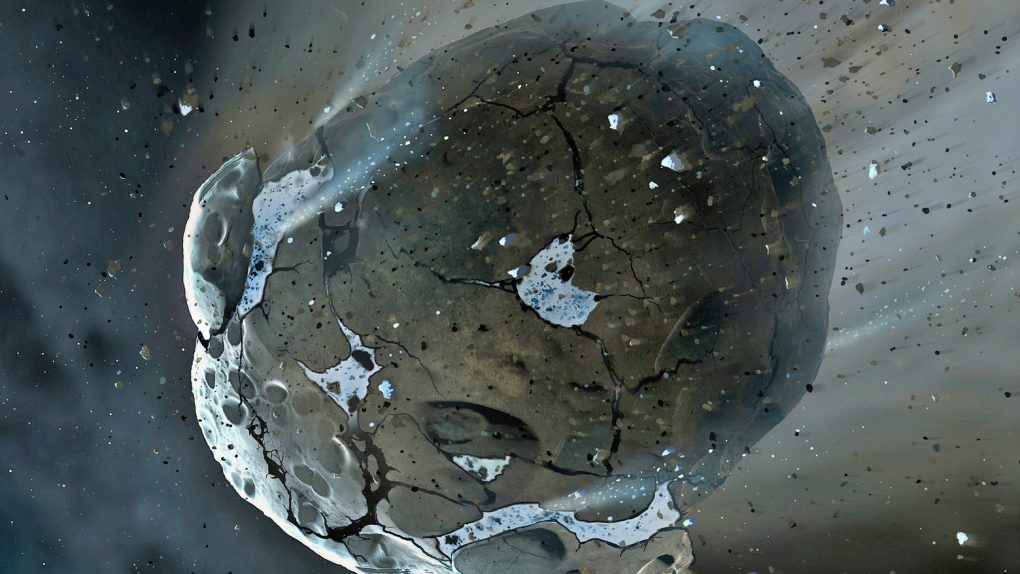A large space rock known to scientists as 481394 (2006 SF6) will make its closest approach to Earth in just a couple of weeks. NASA scientists believe it will pass our lively little sphere on November 20th, coming within 0.029 astronomical units of Earth. That’s close enough that NASA considers the rock to be a potentially hazardous object, but it looks like it’s going to miss us this time around.
I know, 0.029 sure sounds like a close miss — and in the grand scheme of things, you could argue that it is — but astronomical units (au) are huge. 1au is the average distance between the Earth and our Sun, which is nearly 93 million miles. That means 2006 SF6 will still be around 2.7 million miles away from our planet when it passes by.
Researchers who have been tracking the path of the asteroid since its discovery over a decade ago believe the rock is roughly 1,000 to 2,000 feet wide. It’s not the kind of planet-killing space rock that you’d see in an end-of-the-world apocalypse flick, but it could still do some serious damage if it were on a collision course with Earth.
But before you go wringing your hands over this particular space rock, it’s worth remembering that this flyby is fairly mundane. The asteroid’s closest approach will still leave it over ten times farther away than the distance between Earth and the Moon. The most dangerous near-Earth objects pass by much closer, sometimes even within the Moon’s orbit of our planet.
2006 SF6 will remain at a relatively safe distance for now. It’ll be several hundred years before the rock comes this close again, so, for the time being, we won’t really have to worry about it.








